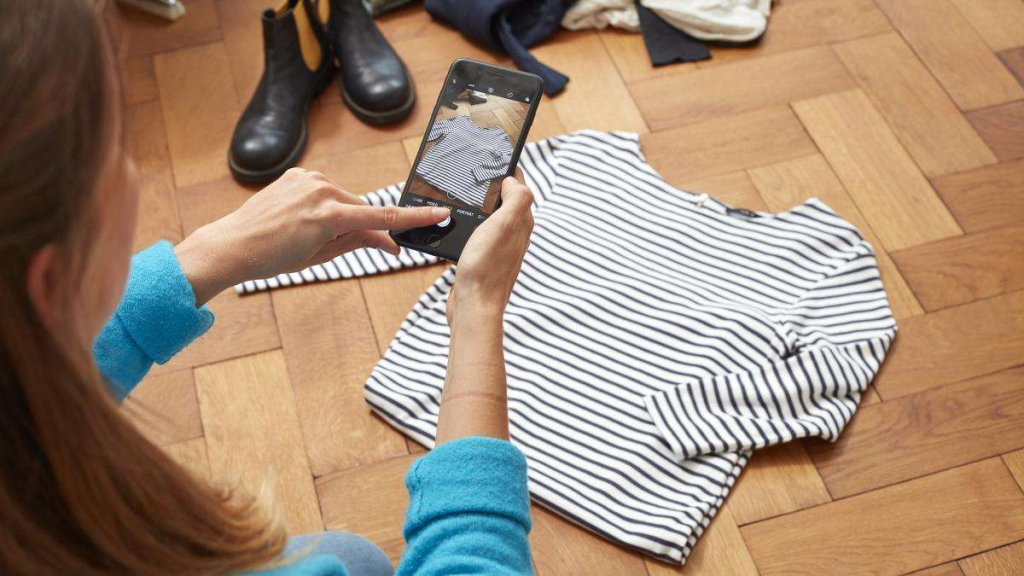We all know how important social media has become in our daily lives, how much time we spend on it on a daily basis, whether it is to chat with our friends or post pictures of what we are doing. And while social media can help us feel less alone, less marginalized and enable us to connect more easily with one another, it also has its downsides and dark parts, especially on our mental health and body image (Monroe, 2021).
How many of you, especially during the pandemic, felt like you weren’t doing enough because of videos, stories of your friends showing they quarantine routine of exercising, baking, picking up new hobbies? Yep, I felt the same way. I felt like I was just wasting my days whenever I hadn’t learned a new thing in a day or whenever I hadn’t made an awesome loaf of bread. The days went by and slowly I could feel my mental health being affected. But instead of putting my phone away and spending less time on social media, I would feel the need to spend even more time on it. Why? At that time, I was living alone, and social media was the only way to make me feel still connected to the outside world and less alone. I was not the only one feeling this way, in fact many people during the pandemic turned to social media to stay connected to their friends and family, even if this increased social anxiety and challenges with perfectionism and comparison for some (www.medicalnewstoday.com, 2021).
With time, not only did this affect my daily mood but it also started affecting the way I perceived my body. I would see so many posts of women who have “perfect bodies” according to what society tells us, telling me what I needed to do and eat to look like them. Giving me tips on at home workouts and recipes for low-fat, 0 sugar, no-carbs desserts that “do taste as a good as the real thing and you don’t have to feel bad about eating it”. Did you know that 58% of college-aged girls have a goal in terms of how they want their bodies to look like and what their perfect weight is? (Gabby Campos, 2018) And all of these criterias are based on what they see on social media by represented women, who only make up 5% of the population by the way and who most of the time have a special lightning, pose and makeup that make them look the way they do on pictures (Gabby Campos, 2018).
I think it’s time that we realize, what we see on social media isn’t real. It isn’t the reality of most people. Whether it’s a picture or video of their baking or their workout, we need to understand that it is just a portion of their day and that we have no idea how they were actually feeling in the moment. They could have been spending the best time of their life, but they could also have been having a shitty day and just needed to upload something on social media because it is now part of their daily lives. We also need to remind ourselves that the bodies we see aren’t real bodies. They’re touched up, they’re posed and full of a good lightning and makeup.
Let’s be kind to ourselves and put our phones down from time to time.
References:
Gabby Campos (2018). Instagram and its effect on body image. [online] Amherst Wire. Available at: https://amherstwire.com/26484/lifestyle/instagram-and-its-affect-on-body-image/.
Monroe, J. (2021). The effect of social media on teenagers. [online] Newport Academy. Available at: https://www.newportacademy.com/resources/well-being/effect-of-social-media-on-teenagers/.
www.medicalnewstoday.com. (2021). Pandemic mental health: The role of social media. [online] Available at: https://www.medicalnewstoday.com/articles/how-has-social-media-affected-mental-health-during-the-pandemic#Social-media.


